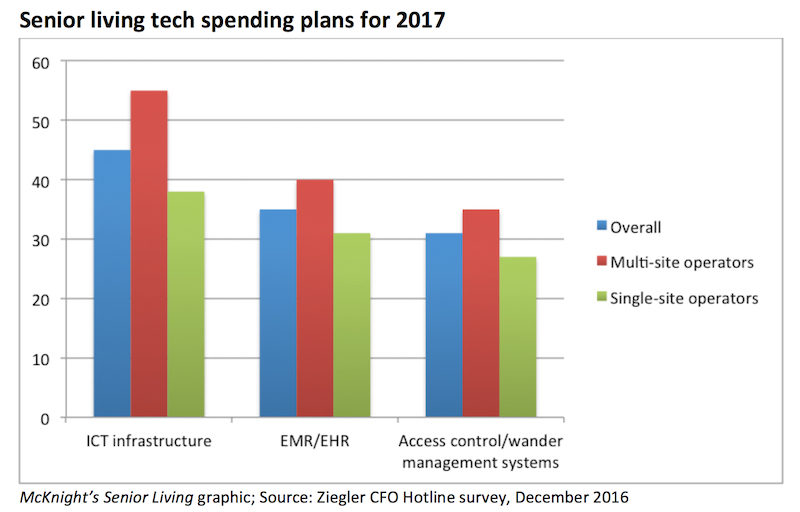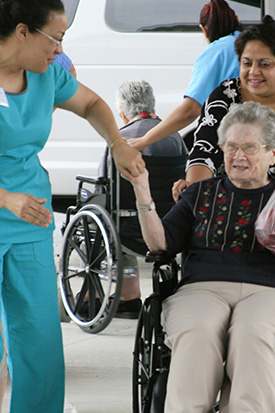Policy and Procedure Manual: Infection Control P&P COVID-19 Visitation
Issued: 1/1/2022
Revised: 02/29/24
Policy:
This facility will allow resident visitation to all visitors and non-essential health care personnel. The
visitation will be person-centered, consider the resident’s physical, mental, and psychosocial well-being,
and support their quality of life. Exceptions will be in accordance with federal, state and/or local
guidance.
Policy Explanation and Compliance Guidelines:
-
-
- The Infection Preventionist will monitor the status of COVID-19 through the CDC website and
local/state health department and will keep facility leadership informed of current
directives/recommendations and the need for restricting visitation if indicated.2. The Infection Preventionist will be responsible for adherence to visitation policies and procedures.3. Infection control and education policies will be provided to visitors.4. Screening will be carried out only as directed through the local department of health and/or Center for
Disease Prevention and Control.5. The facility will allow indoor visitation at all times and for all residents and will not limit the frequency
and length of visits, the number of visitors, or require advance scheduling of visits.6. Visits will be conducted in a manner that adheres to the core principles of COVID-19 infection
prevention and does not increase risk to other residents.7. Face covering and mask use should be based on recommendations from the CDC, state and local
health departments, and individual facility circumstances.8. Visitors will not be required to provide proof of vaccination status.
9. Consensual physical contact will be permitted between visitor and resident. If the resident requires
transmission-based precautions, the visitor will be educated on policies and procedures related to
infection control and personal protective equipment.10. The visitation policies and procedures required by this section must allow in-person visitation in all of
the following circumstances, unless the resident, client, or patient objects:
a. End-of-life situations.
b. A resident, client, or patient who was living with family before being admitted to the
provider’s care is struggling with the change in environment and lack of in-person family
support.
c. The resident, client, or patient is making one or more major medical decisions.
d. A resident, client, or patient is experiencing emotional distress or grieving the loss of a
friend or family member who recently died.
e. A resident, client, or patient needs cueing or encouragement to eat or drink which was
previously provided by a family member or caregiver.
f. A resident, client, or patient who used to talk and interact with others is seldom speaking.
g. For hospitals, childbirth, including labor and delivery.
h. Pediatric patients.11. The core principles of COVID-19 infection prevention will be adhered to and as follows:
a. The facility will provide guidance (e.g., posted signs at entrances) about recommended
actions for visitors who have a positive viral test for COVID-19, symptoms of COVID-19, or
have had close contact with someone with COVID-19.
b. Visitors with confirmed COVID-19 infection or compatible symptoms should defer non-urgent
in-person visitation until they meet CDC criteria for healthcare settings to end isolation.
c. For visitors who have had close contact with someone with COVID-19 infection, it is safest to
defer non-urgent in-person visitation until 10 days after their close contact if they meet criteria
described in CDC healthcare guidance (e.g., cannot wear source control).
d. Hand hygiene (use of alcohol-based hand rub is preferred), will be performed by the resident
and the visitors before and after contact.
e. A face covering or mask (covering the mouth and nose) to be used, if indicated, in accordance
with CDC guidance.
f. Post visual alerts (e.g., signs, posters) at the entrance and in strategic places (e.g., waiting
areas, elevators, cafeterias) to include instructions about current IPC recommendations (e.g.,
when to use source control).
g. Cleaning and disinfection of frequently touched surfaces in the facility and in designated
visitation areas should be performed often and after each visit.
h. Staff will adhere to the appropriate use of personal protective equipment (PPE).
i. The facility will conduct resident and staff testing following nationally accepted standards,
such as CDC and/or local health department recommendations.
j. Physical barriers such as clear plexiglass dividers or curtains may also be used to reduce the
risk of transmission.12. An outbreak investigation is initiated when a single new case of COVID-19 occurs among residents or
staff to determine if others have been exposed. The facility will adhere to CMS infection prevention
and control practices following accepted national standards, such as CDC recommendations, to
swiftly detect cases.13. Visits will be allowed during outbreak investigations but should ideally occur in the resident’s room.
The resident and their visitors should wear well-fitting source control (if tolerated) and physically
distance (if possible) during the visit.14. Visits required under the federal disability rights laws and protection and advocacy (P & A) programs
will be allowed at all times.
- The Infection Preventionist will monitor the status of COVID-19 through the CDC website and
-
References:
Centers for Disease Control and Prevention. Interim Infection Prevention and Control Recommendations for Healthcare Personnel
During the Coronavirus Disease 2019 (COVID-19) Pandemic. Located at: https://www.cdc.gov/coronavirus/2019-ncov/hcp/infection-
control-recommendations.html
Centers for Medicare & Medicaid Services. (May 8, 2023) QSO-20-39-NH: Nursing Home Visitation-COVID-19 (REVISED).
Official Site of the Florida Legislature. The 2023 Florida Statutes (including Special Session C) 408.823, retrieved on 02-29-24.



 United States suffering from substance-use disorders related to prescription opioid pain relievers.
United States suffering from substance-use disorders related to prescription opioid pain relievers.







